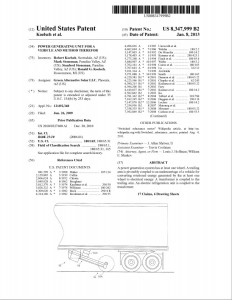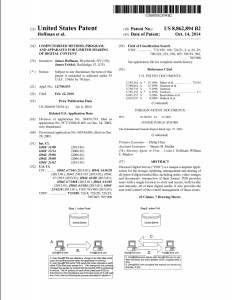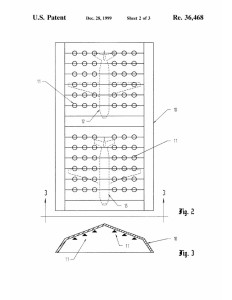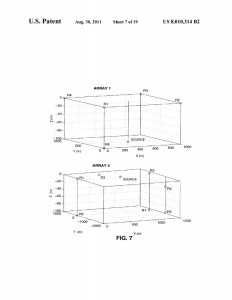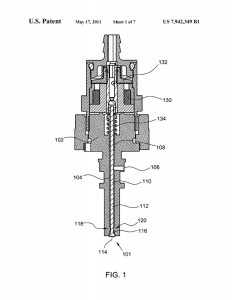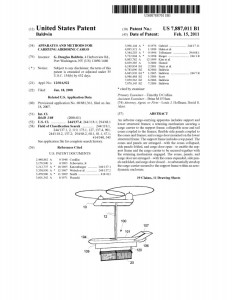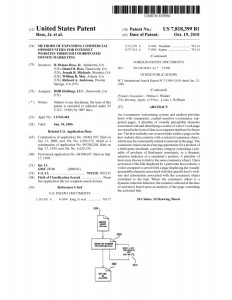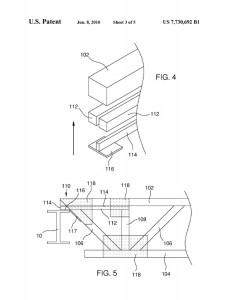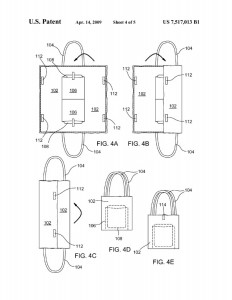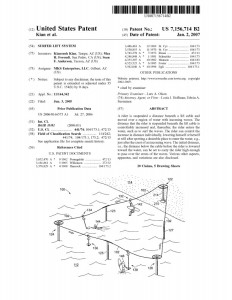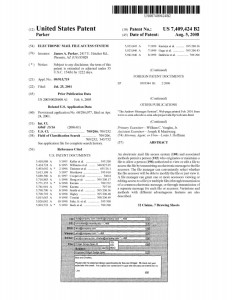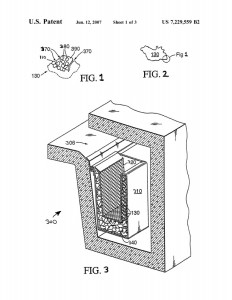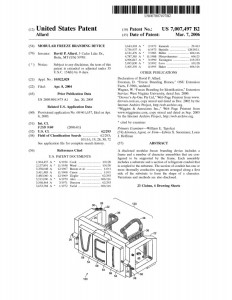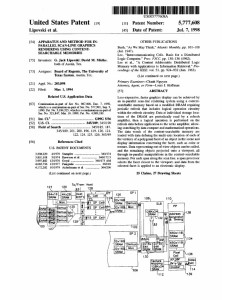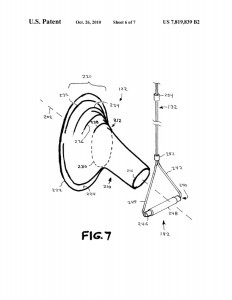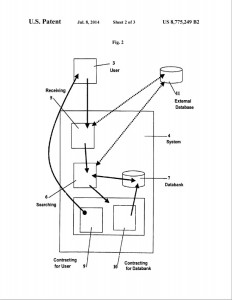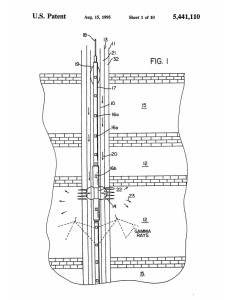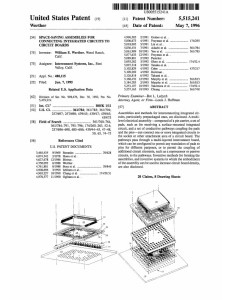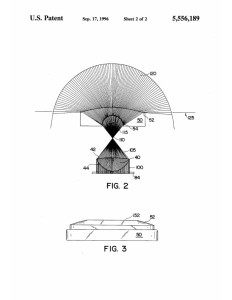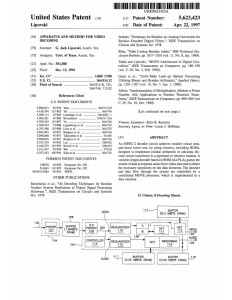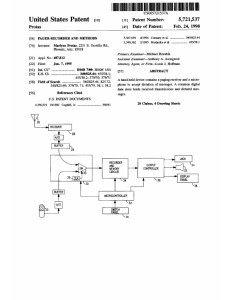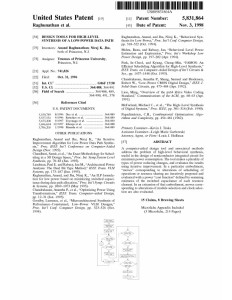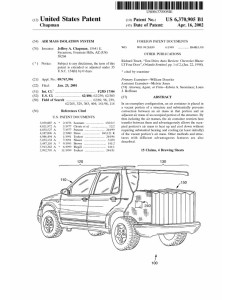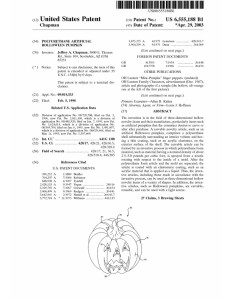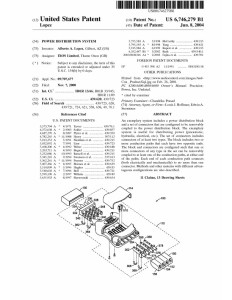U.S. law regarding what constitutes patent-eligible subject matter has been in flux for some time.1 The issue of what is patent eligible has particular importance to developing technologies, especially the area of computer science. The importance of the issue is amplified by the fact that software and Internet-related enterprises make up such a large portion of the U.S. economy.
The Patent Act says that a patent can be had on “any new and useful process, machine, manufacture, or composition of matter, or any new and useful improvement thereof” (35 U.S.C. § 101).2 However, the courts have established “judicial exceptions” to that sweeping language, including notably saying “abstract” ideas cannot be patented. However, the courts have had difficulty defining an “abstract” idea or providing a straight-forward technique for distinguishing “abstract” ideas from patentable ones.
Several recent decisions by the Supreme Court and the Federal Circuit have sought to clarify the scope of what is patentable, with mixed success. The U.S. Patent Office is obligated to follow the court cases, and its application of those decisions are where the “rubber meets the road.” The courts’ lack of clarity puts the Patent Office in a tough spot.
In December of 2014, the Patent Office released its latest effort, called “2014 Interim Guidance on Patent Subject Matter Eligibility,” to help examiners apply the precepts of the recent decisions to pending patent applications.3 The Patent Office asked for public comment on the Guidance.
Louis J. Hoffman, one of the leading experts on the subject of patent-eligible subject matter, assembled a group of prominent Arizona patent attorneys, each from different major law firms located in the Phoenix metropolitan area involved in patent prosecution. The group submitted to the PTO a set of comments on the PTO’s Guidance. The comments are summarized below (the full comment document with detailed explanation can be found here; and the set of all comments received by the PTO is here:
Mr. Hoffman and his co-commentators recommended that, to reduce the chance of patentability decisions being made arbitrarily or capriciously, the PTO should instruct examiners that:
- The Office bears the burden of proof on patentability rejections.
- Patentability rejections need to include specific evidentiary support for each assertion that any feature or combination of features is “well-understood,” “well-known,” “routine,” or “conventional”– or any other factual assertion made to support a rejection.
- “Form rejections” with conclusory language are improper.
- Each patent claim should be separately analyzed.
- Patentability rejections need to include a specific identification of the “abstract idea” to which the claims are supposedly directed.
- Patentability rejections need to include a specific identification of where in the claim language the “abstract idea” is found.
- Patentability rejections need to include a specific identification of each significant “additional element” included in the claim, along with a discussion of why it does not amount to “significantly more” than the identified abstract idea.
- Patentability rejections need to include a specific discussion of why the entire set of “additional elements” considered “as an ordered combination” does not “amount to significantly more than” the identified abstract idea.
- The question of whether a particular “added element” (or “ordered combination” thereof) amounts to “significantly more” than the identified abstract idea depends, at least in part, on whether the claim would still have a “preemptive effect” over the identified abstract idea despite inclusion of the “added element.”
- It is improper to caricaturize or categorize the “added element” in the claim and instead attempt to demonstrate that a category including the specifically claimed element does not add “significantly more” to the identified abstract idea.
1 https://www.valuablepatents.com//en.wikipedia.org/wiki/Patentable_subject_matter#United_States


